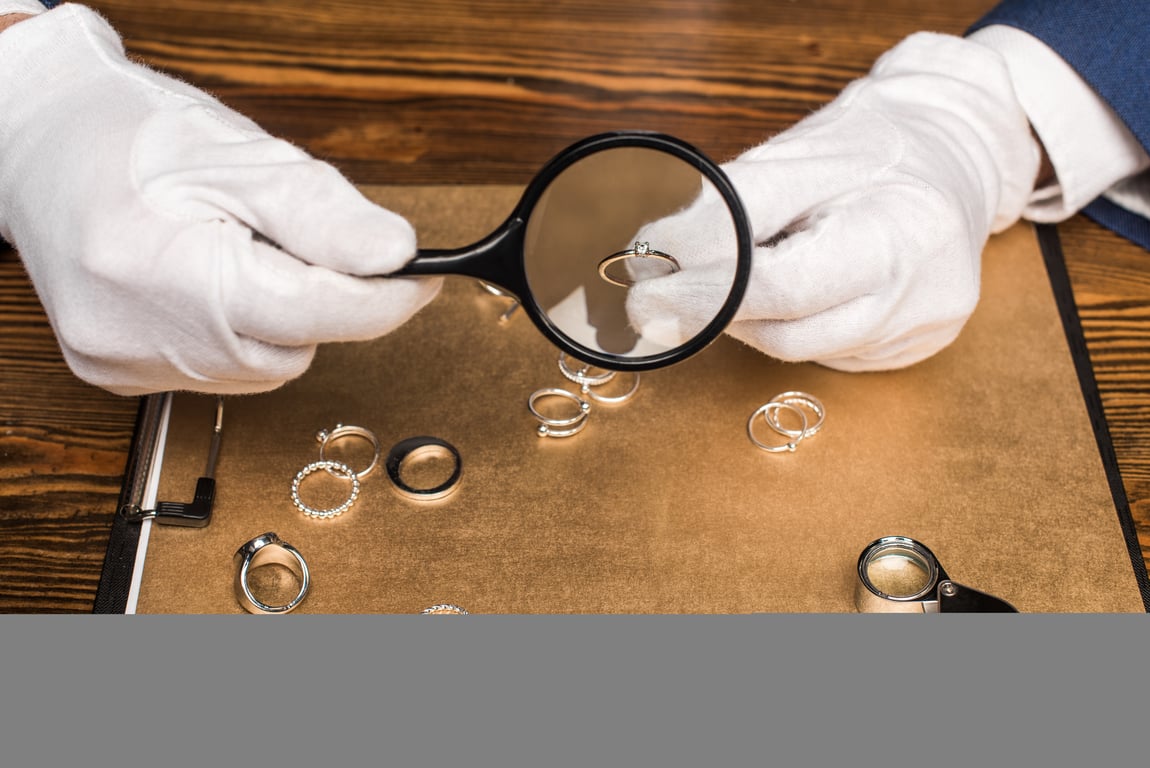In the HPHT process, small diamonds are used as seeds. Graphite is dissolved in a molten metal at high pressure and slowly precipitates as new diamonds. In the previous article, we indicated how to choose an emerald lab diamond, and in this article, we describe the methods for creating lab diamonds.
Interestingly, the HPHT process can also be used to improve the color of natural diamonds, changing them from brown to yellow-orange-green shades. This is a controversial process, as it can be very difficult to identify natural diamonds that have had their color improved by the HPHT process, even in the lab. Many of the labs that perform this process say that they are only restoring the natural color of the diamond before it was discolored in the volcanic process that carried it to the surface of the earth.
If recognized as such, naturally occurring diamonds treated with HPHT ought to be considerably less expensive than a comparable diamond that hasn't been altered. Natural HPHT diamonds are required by law to be identified when sold or graded.
Chemical Vapor Deposition (CVD) Diamonds
Modern lab created diamonds are primarily produced by Chemical Vapor Deposition (CVD), in which a very hot gas containing carbon is deposited into a chamber at high temperature and pressure. The carbon atoms are deposited onto a diamond ‘substrate’ which can be a naturally occurring diamond, or one created by the HPHT method. The substrates, or seed crystals, grow new diamonds at a rate of up to half a millimeter per day. The equipment and method for making CVD diamonds are relatively simple compared to the HPHT process.
CVD diamonds can be produced with good clarity, although they can also have brownish tints or other faults. The clarity can be improved by using a HPHT process after the CVD diamond has been produced.
CVD diamonds can be difficult to distinguish from natural diamonds with the naked eye or even with standard gemmological instruments. Various lab tests can be used to identify them easily, though, including cathodoluminescence, which identifies the growth pattern of the crystal. Some CVD diamonds may fluoresce under UV light, a feature rarely seen in natural diamonds.














